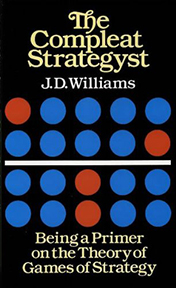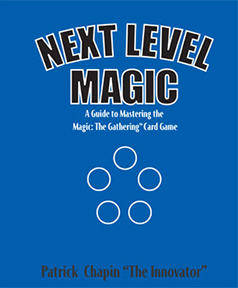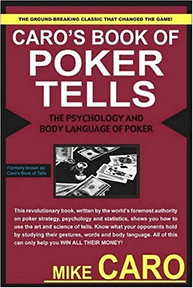I’ve long been a fan of taking the lessons of real life – including work, school, and any hard knocks found along the way – and applying them to Magic. We all live lives that have (hopefully) taught us a few things as we’ve lived them, so why pretend that Magic is somehow outside of all of that?
One of my favorite examples of this is something I noticed watching Drew Levin play during an SCG Open a few years back. Drew has this uncanny ability to give nothing away except false tells. He was playing various versions of Caw-Blade, and every draw phase, he performed exactly the same way, from the physical motions to the facial expression. As I said, there were a few moments he performed some very excellent false tells (if you don’t know what this means, it means that he successfully pretended like he had drawn something relevant or that his opponent did something meaningful, giving his opponent bad information), and if I wasn’t able to see his hand, I would have been very likely to have been duped.
Later, I asked Drew if he had an acting or theatre background. “Yes,” he said, with a surprised look. “How did you know?” I told him that, watching him play, it struck me that he had to have some kind of training, because he was in such control of himself during the match, of everything from facial expression to body language.
I like to approach the game the way Drew did, bringing all of the weapons I have at my disposal. I was lucky to have a great education, including entering a PhD program. I have spent most of my life playing games (and more than just Magic). I did martial arts for ten years. I was involved in sports from a young age through high school. I’ve consumed endless hours of movies, everything from The Empire Strikes Back to Citizen Kane to Fast and the Furious. I enjoyed playing poker (at least until everyone around me got so good that I was definitely the sucker at the table). I’ve traveled. I’m an avid reader* (or at least I have been, at times). I’ve organized events. I’ve had many jobs, great and small. There is something in all of that that can apply to your Magic game, if you know how to find it. One of the keys, though, is to not try to force “lessons” from the real world into your game.
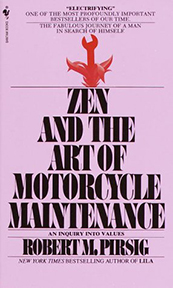 One of the lessons that came to my mind last week was something that I picked up from a classic pop philosophy book, Zen and the Art of Motorcycle Maintenance, and that is the lesson of the “gumption trap.” If you’re not sure what a gumption trap is, let me first describe mine: I was working on last week’s article, but a bit worried about it, because my computer had been giving me the fabulous Blue Screen of Death.
One of the lessons that came to my mind last week was something that I picked up from a classic pop philosophy book, Zen and the Art of Motorcycle Maintenance, and that is the lesson of the “gumption trap.” If you’re not sure what a gumption trap is, let me first describe mine: I was working on last week’s article, but a bit worried about it, because my computer had been giving me the fabulous Blue Screen of Death.
As I was working on the article, it happened about twenty times during my attempt to write the article. Every time that I tried to progress a little, once again the screen would turn that horrible blue, and I’d feel my soul get crushed a little more. The gumption that I had had, the will and drive to do what I needed to do, the initiative, and, hell, the spark to do the right thing was just squeezed out of me. Eventually, tired and frustrated, I gave up, and let Cedric know that there wouldn’t be an article from me that week, much to my dismay. And, of course, my anger.
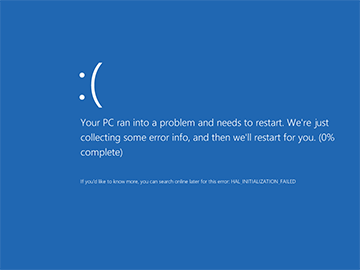
The idea of the “trap” in the gumption trap is simple; Pirsig describes it as a feedback loop: some bad event happens, directly reducing your enthusiasm for the task at hand, which in turn negatively affects your performance at the task, which then leads to more failures in accomplishing that task. Or, put another way, “tilting”.
The next week (which was this last week), at the SCG Invitational, I definitely saw several players hit this gumption trap after a particularly frustrating loss. I won’t name any specific names, but it definitely felt like some of the higher profile players just checked out of the event once they have a loss that feels somehow “wrong” or “off.”
I know I’ve been there.
Back at Grand Prix Columbus 2007 (the Flash Grand Prix), I certainly went on tilt in Round 10 against Michael Bernat who was playing Flash. I accidentally missed the correct moment to play a key Swords to Plowshares and lose the match because of it. It put me at 8-2, and I was on tilt most of the rest of the day, only winning the matchups that were practically gifts. I still finished at 32nd place, but it was a pretty rough day, Magic-wise.
In some ways, this failure to resist tilting is ironic because my favorite ways to play Magic are to induce game states that make my opponent want to just die. A long while back, my fellow SCG Live commentator Joey Pasco asked what my favorite creature was, and eventually I realized it was this little guy:
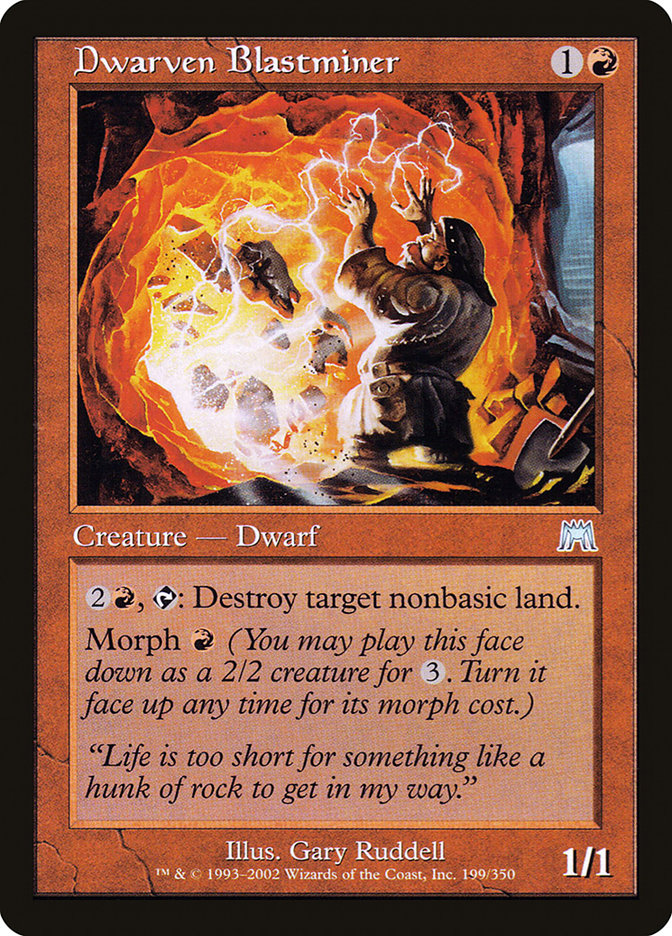
I love making my opponent’s life miserable, and turning them, essentially, into Private Pyle.
In essence, I really just enjoying filling up decks full of hate cards and unleashing my inner Sith. “Let the hate flow through you!”
Here is my gumption-destroying, hate-filled deck from that old Legacy Grand Prix, just for reference:
Creatures (6)
Lands (19)
Spells (35)

Full. Of. Hate.
I love playing hate.
Hell, even my deck from the April SCG Milwaukee managed to get some hate in it, even though it was “just” UR Delver (or Delver-Burn, as I sometimes like to call it).
Creatures (15)
Lands (14)
Spells (31)

It included in the sideboard one particularly hateful card:
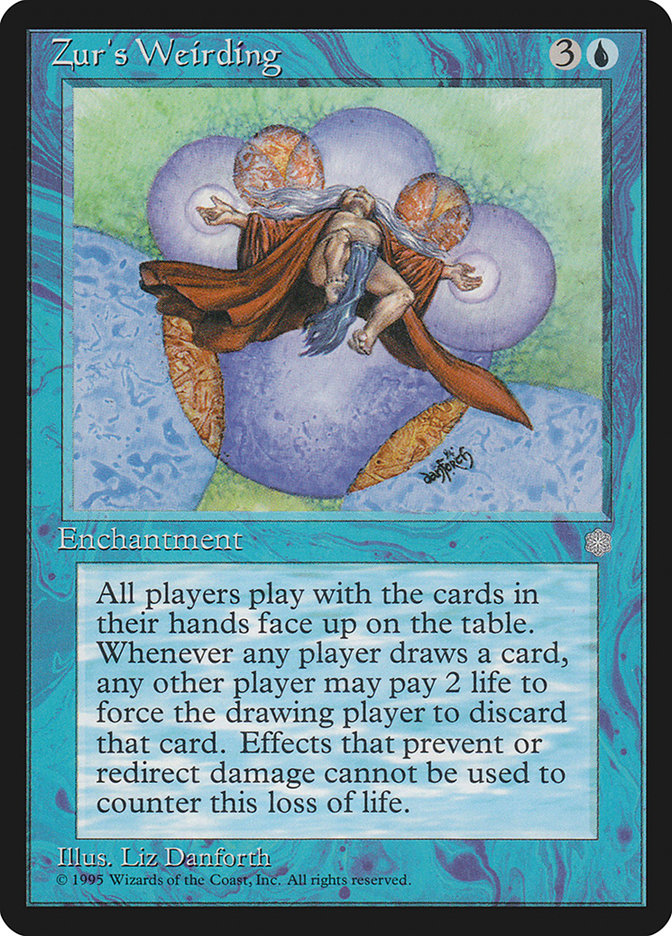
Right after that event, I wrote a little bit about the hate involved with Zur’s Weirding, but it all boils down to this: against all combo decks, it is a huge lights-out, with only Past in Flames sometimes able to escape the clutches of Zur’s Weirding. The Oracle text reads:
3U, Enchantment
Players play with their hands revealed.
If a player would draw a card, he or she reveals it instead. Then any other player may pay 2 life. If a player does, put that card into its owner’s graveyard. Otherwise, that player draws a card.
I’m now of the opinion that any blue deck in Legacy that is aggressive should have one of these in the sideboard, so long as they have enough mana to support it.
In similar fashion, in Modern, I’m a huge fan of another incredibly good hate card:

I still am trying to decide what I’ll be playing in Modern, but Blood Moon is a card that makes me want to have it in play just because I know it will make the other player cringe. In my head, I keep picturing our esteemed editor, Cedric Phillips, sitting at his computer, losing in the 2-person queue to me, tearing up a pad of paper while staring at my Blood Moon on his screen.
Here is my current version of Delver-Burn in Modern, complete with the hateful Blood Moon in the sideboard:
Creatures (17)
Lands (13)
Spells (30)

There really isn’t much in the main deck of this version of Delver-Burn that you could call “hate,” but there is certainly some in the sideboard. Sideboarding, though, is often the place where you find the hate. Unless you are playing something akin to Hate-Bears or the various Prison-variants, be they old-school Prison (like I listed above), Death and Taxes, or the various Chalice of the Void decks, you won’t have to face it Game One.
In this context, the “hate” are those cards that aren’t there to augment your plan, but are there to destroy your opponent’s plan. A card like Red Elemental Blast or Duress isn’t a hate card, per se. It’s just an effective card. Real hate are cards like this:
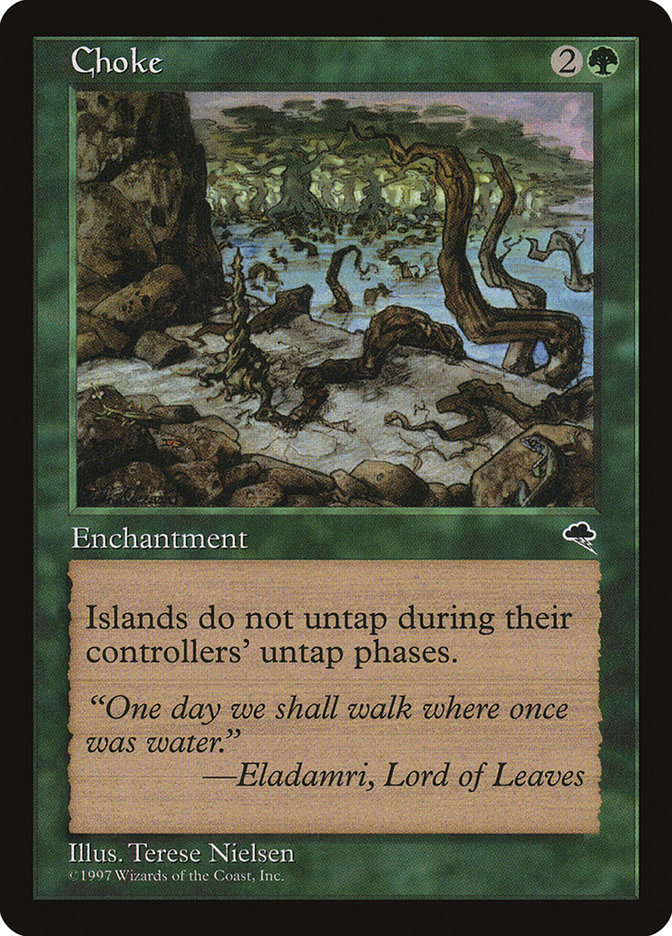
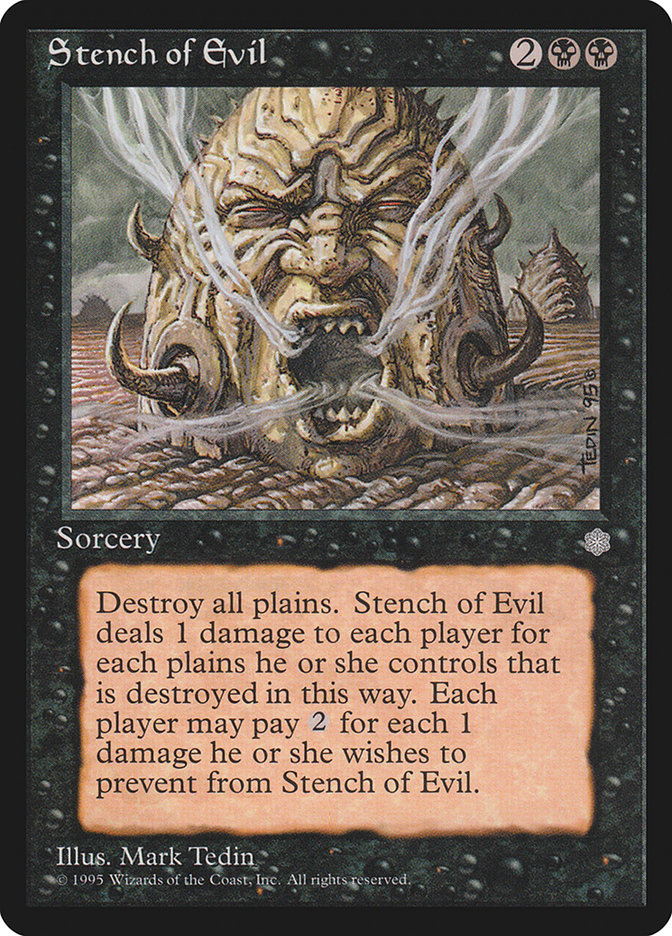
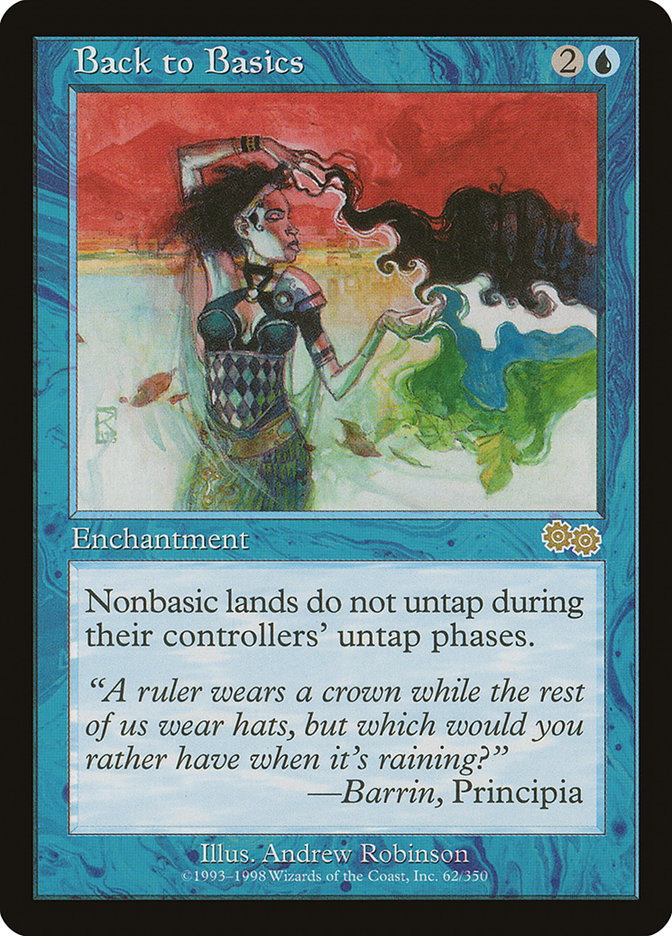

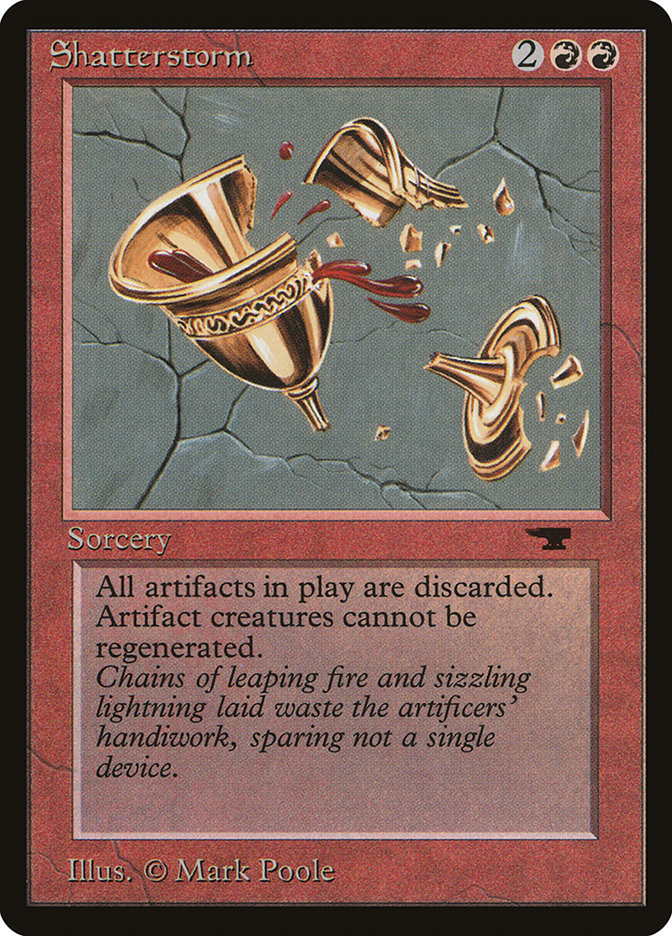
These kinds of cards are designed to just take some particular strategy and demolish it.
Finding ways to main deckhate cards is usually pretty difficult, and the best thing that you can do is find yourself some effective ‘incidental hate’ – cards that are effective on their own, but that manage to be particularly cruel to an opponent if they are the wrong opponent. We have a great recent examples of this in a card like Thragtusk, which is certainly a powerful card in a vacuum, but against an aggressive strategy feels especially hateful.
In M14, we had the “hate”-cycle of the following cards:
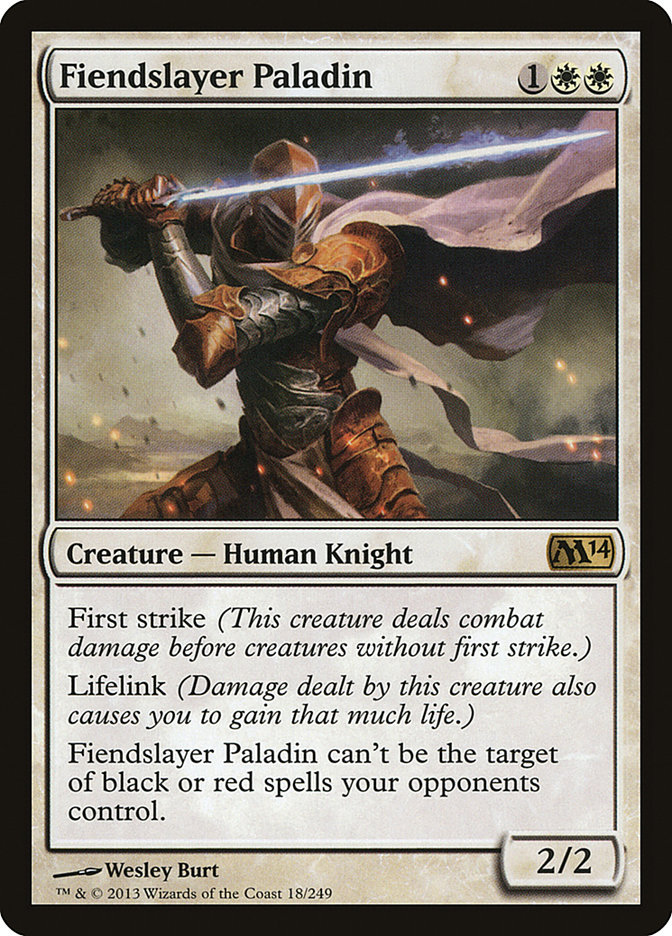
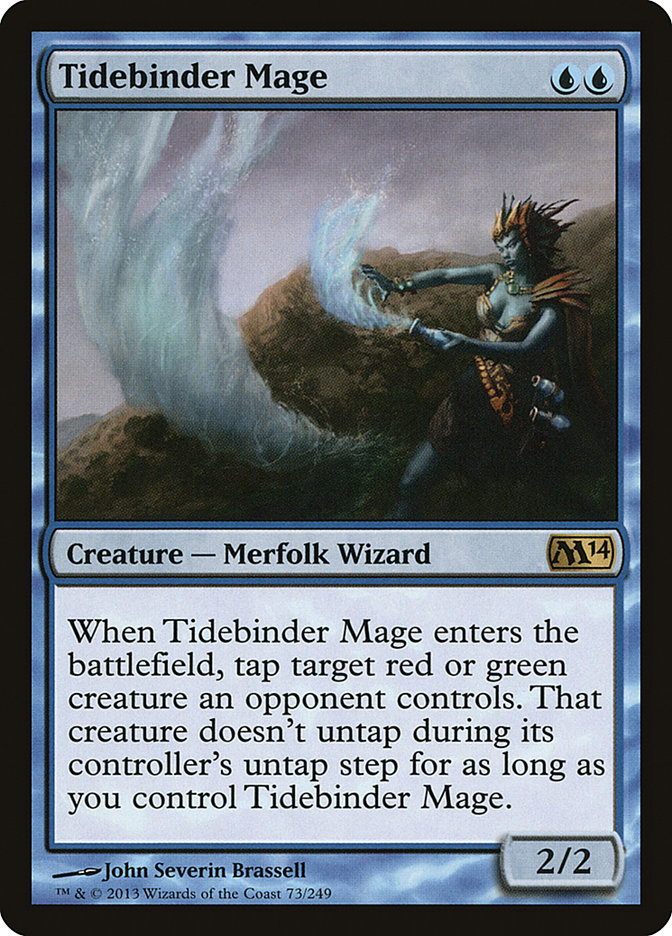
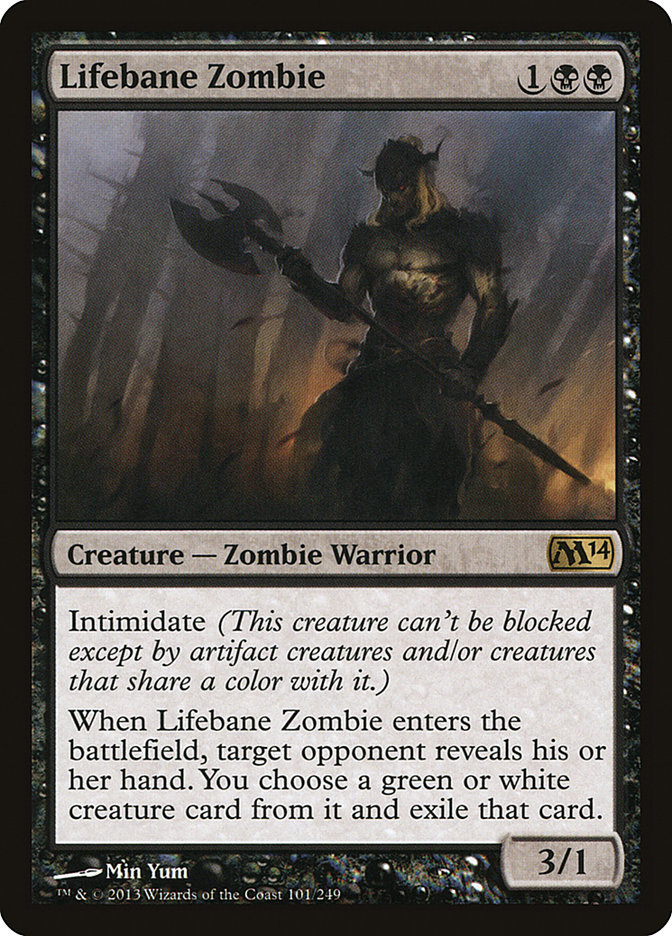
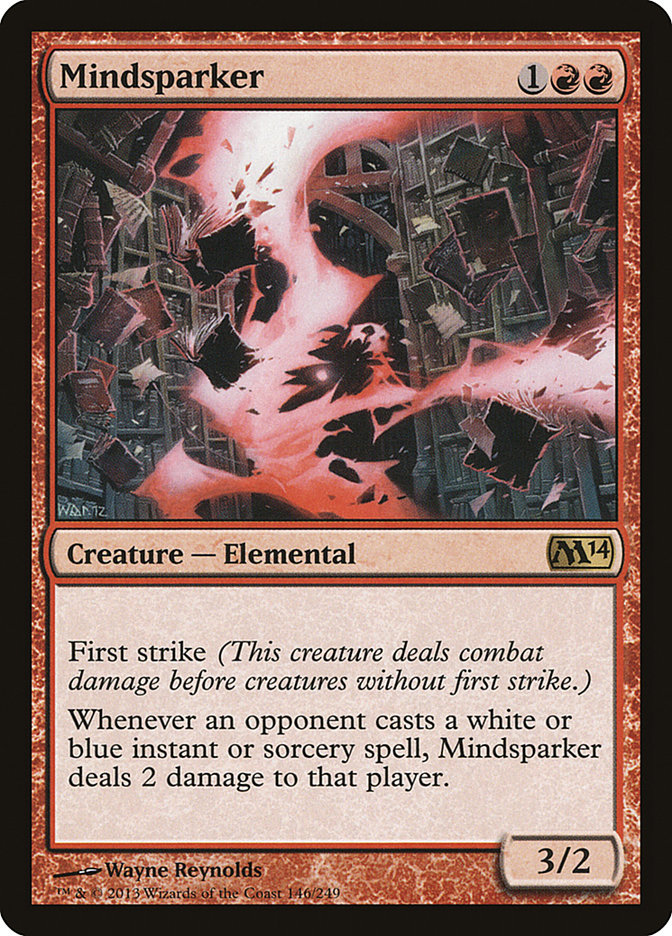
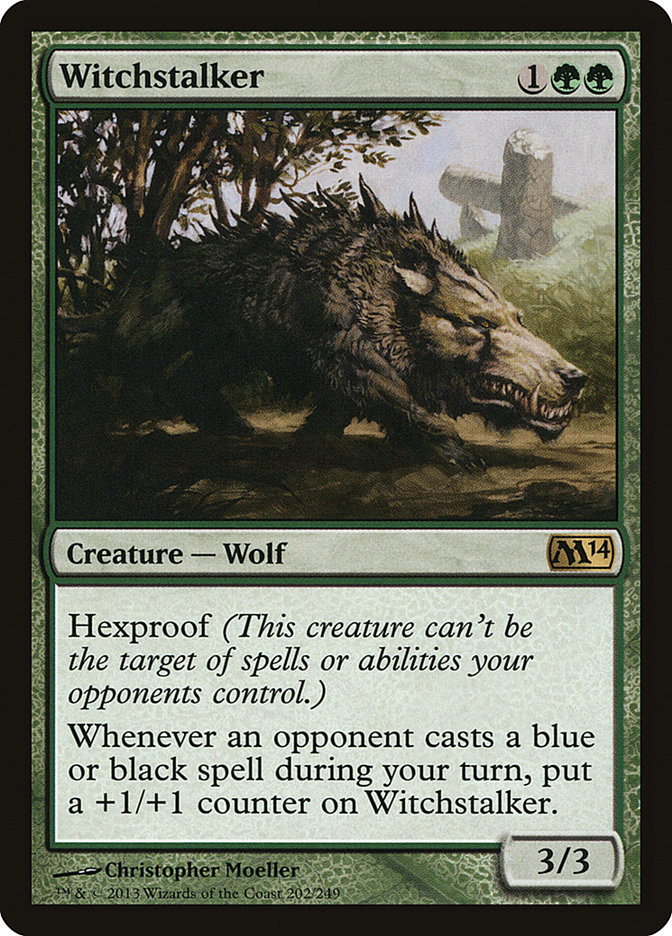
I say “hate” because these cards are not necessarily absurdly hateful like the older hate cards actually are. But even if they aren’t knockout punches of hate, these cards are strong enough on their own to be maindecked. Case in point, this influential list from Pro Tour Theros:
Creatures (15)
Lands (25)
Spells (20)
Sideboard

Lifebane Zombie was cut by the StarCityGames boys at Grand Prix Louisville in favor of Nightveil Specter (a choice of which I heartily approve), but Yamamoto including Lifebane Zombie only partially because it could hate out a white or green creature. Primarily, this was is because the rest of the abilities of the Lifebane Zombie are just so good. A three-power body with evasion is simply a really good critter. Similarly, Tidebinder Mage in the Mono Blue Devotion decks is just a good body that helps supply the devotion you need to make Thassa into an actual body; the ability to hold down an opposing creature is just a bonus.
In some ways, Erebos, God of the Dead is more of a hate card than it is anything else. Of all the Gods, it seems like the primary incentive to play Erebos is largely to shut down lifegain strategies. While it certainly can get the devotion to be made flesh, if you are looking for card advantage, there are better cards to start with. But, like most hate, this is a card that has spent most of its time living in sideboards (even if it did see maindeck play in Louisville).
I’m still struggling with what kind of hate that I’d like to play this weekend in Columbus. I know that I want to play something hateful, but Modern is a complete toss-up for me. I can see myself playing one of any number of decks. I might just do a reboot of what I played in Grand Prix Detroit, a blue Midrange-Control deck I adapted from Brian Kowal, partly because it has access to one of the best hateful sideboard cards in Modern right now:
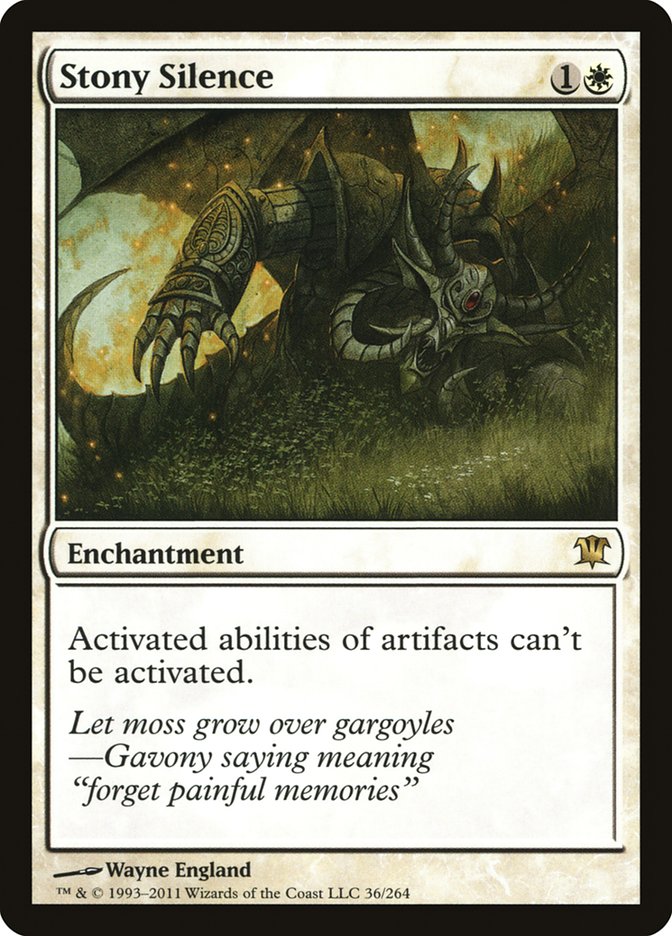
Here is that list:
Creatures (15)
Planeswalkers (1)
Lands (22)
Spells (22)

I wasn’t happy with how this deck performed for me in Detroit (it was the only GP I haven’t cashed at in a very long time), but a part of me thinks that might have just been some bad luck; I’ve been playing it online ever since and have had some really great success with it, though I keep tinkering with the sideboard and one or two cards in the main.
There is a small touch of hateful cards in here. Rest in Peace and Stony Silence are pure hate, for graveyard-based decks, Affinity, Birthing Pod, and the odd deck that gets hurt by those cards from incidental hate. Blind Obedience, Spellskite, and Aura of Silence aren’t exactly hate, but they do act as a real direct hindrance to the plans of some deck and have value in other matchups just giving value for their effects. Spellskite isn’t anti-Burn, exactly, but it is certainly very good against Burn.
I’m playing Modern and Standard this weekend in Columbus, and I know that whatever I play, I plan on including a ton of hateful cards. Modern is still a struggle for me to decide on decks, but when it comes to hate, here are the cards I’m thinking about:
Chalice of the Void
Creeping Corrosion
Damping Matrix
Detritivore
Fracturing Gust
Grafdigger’s Cage
Rest in Peace
Shatterstorm
Skullcrack
Stony Silence
Torpor Orb
Uba Mask
Zur’s Weirding
Wish me luck, as I seek to channel the hatred of the Sith this weekend!
Until next week,
@Adrian L. Sullivan on Twitter
*Here are just a few books I highly recommend for the dedicated Magic player to help improve their game, even if, in some cases, you have to work at it to cross-apply the lessons from that book to your game. Enjoy!
